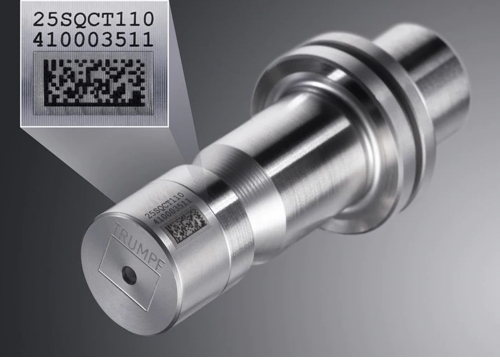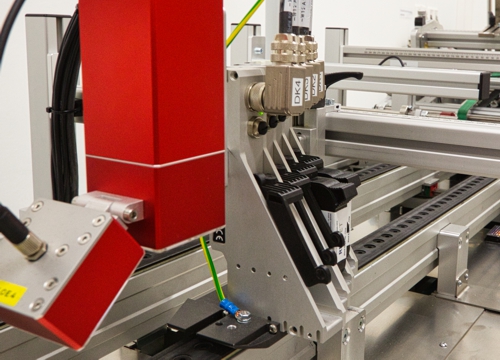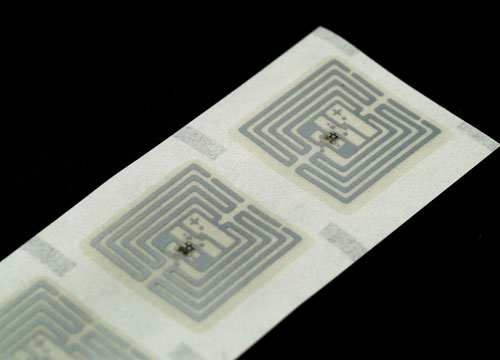Play it safe with serialization
Code Generation and Application
If the generation of codes is discussed in the context of serialization, there are essentially two aspects that should be considered thoroughly: the generated codes must be guaranteed to be available only once in the system and also even with large quantities, efficient handling of the data must be guaranteed - and this over many years if necessary.
Code generation
SecIdent® meets these requirements: In contrast to other systems, the codes generated by SecIdent® are not based on random or consecutive numbers. Instead, the 16-digit alphanumeric codes are generated by a mathematical algorithm, which makes them counterfeit-proof, unique and unparalleled. In this way, even very large quantities can be reproduced redundancy-free for an unlimited period.
The second requirement - efficient data handling - is realized by the fact that the codes are first generated by the system and then, according to their production batch, are mapped, attributed and finally assigned to a range of serial numbers. The serial numbers are therefore not stored individually, but are automatically calculated in the system based on the start and end number. A 1:1 assignment of code to serial number is always guaranteed.
This architecture keeps used systems lean and also the database remains structured quickly and efficiently over the years. More about this issue under Security of Serialcodes.
Code application
SecIdent® generates 16-digit alphanumeric serial codes that can be embedded in any form of 2D codes (e.g. Data Matrix, QR Code or PDF417). By scanning the 2D code with a smartphone, the stored test page with the corresponding serial code is called up in the browser. The user is then taken directly to the response page and can quickly and easily check the product for authenticity.
Since every company has different requirements when introducing serialization of its products, flexible solutions are needed for the application of 2D codes with embedded serial codes.
Physical application is therefore both flexible and diverse:
- Laser engraving / etching / tempering directly on the product
- Ink jet / bubble jet directly onto the packaging
- Additional label with tamper-proof seal on the product or on the packaging
- Integrated into holographic labels / RFID labels



This ensures that each product receives exactly the right security solution, and thanks to the API interface, code generation is reliably integrated into the production or packaging line.